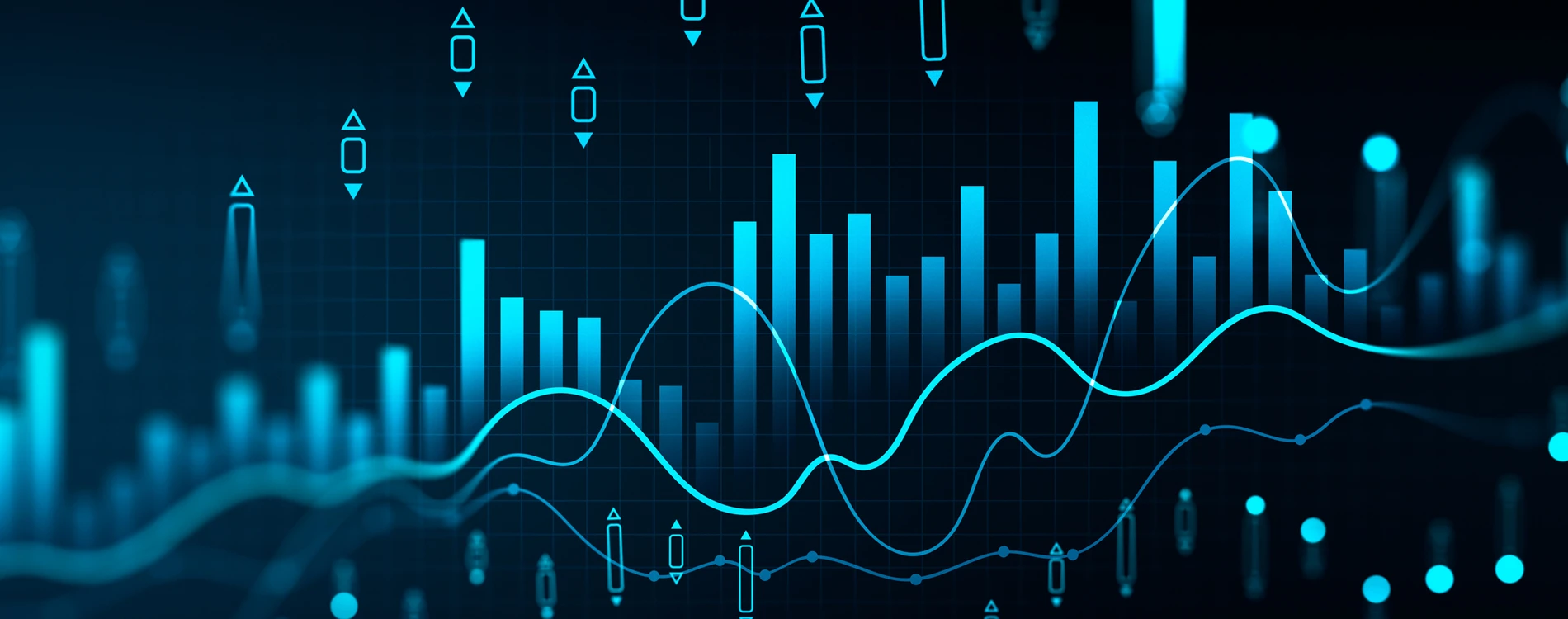In the vast landscape of modern research, with its burgeoning datasets and complex variables, the ability to make sense of data is paramount. Descriptive statistics and data visualization emerge as two critical instruments in a researcher’s toolkit, helping them navigate and interpret this complex terrain.
At the heart of any research lies the raw data, a vast expanse of numbers and observations. Descriptive statistics serve as the compass in this expanse, providing essential insights about the data’s central tendencies, dispersions, and overall patterns. Measures such as mean, median, mode, and standard deviation give researchers a concise snapshot, allowing them to gauge the nature and characteristics of their dataset. Without this foundational understanding, diving deeper into analysis or drawing meaningful conclusions can be challenging and risky. Essentially, descriptive statistics set the stage, ensuring that researchers grasp the baseline facts before venturing into complex analyses.
“Descriptive statistics provide a foundational overview of data, enabling researchers to capture and communicate the essential characteristics and patterns within their datasets.”
But while numbers and calculations are central to understanding data, presenting these findings is a separate challenge. Transforming numbers into visuals (e.g., graphs, charts, plots) adds a layer of clarity and comprehension. The human brain is wired to process and remember visual information more effectively than raw numbers. So, a well-crafted bar graph or a scatter plot can make discernible patterns, trends, or anomalies leap out, offering insights that might be buried in tables of numbers. This visual representation becomes especially crucial when the goal is not just analysis but also effective communication of findings to peers, stakeholders, or a broader audience.
“Data visualization transforms complex datasets into intuitive visuals, enhancing comprehension and facilitating clearer insights in research.”
Moreover, the integration of descriptive statistics with visual aids ensures that data remains transparent and comprehensible. This clarity is vital for the peer review process, replication studies, and for audiences who seek to understand the research methodology without ambiguity. Especially in research areas where decisions based on findings are impactful, such as public policy or clinical trials, the ability to convey data transparently becomes even more crucial.
As research increasingly caters to interdisciplinary audiences and even the public, the need for clear communication becomes even more pronounced. Not everyone has expertise in statistical jargon, but a well-designed visualization can bridge that gap, making research more inclusive and its findings more widely understood.
In essence, descriptive statistics and data visualization are more than just tools; they’re essential narratives in the storytelling of research. They decode complex datasets, making them comprehensible, relatable, and actionable. As data continues to grow in importance in our decision-making processes across fields, ensuring it speaks clearly to all is more crucial than ever.


